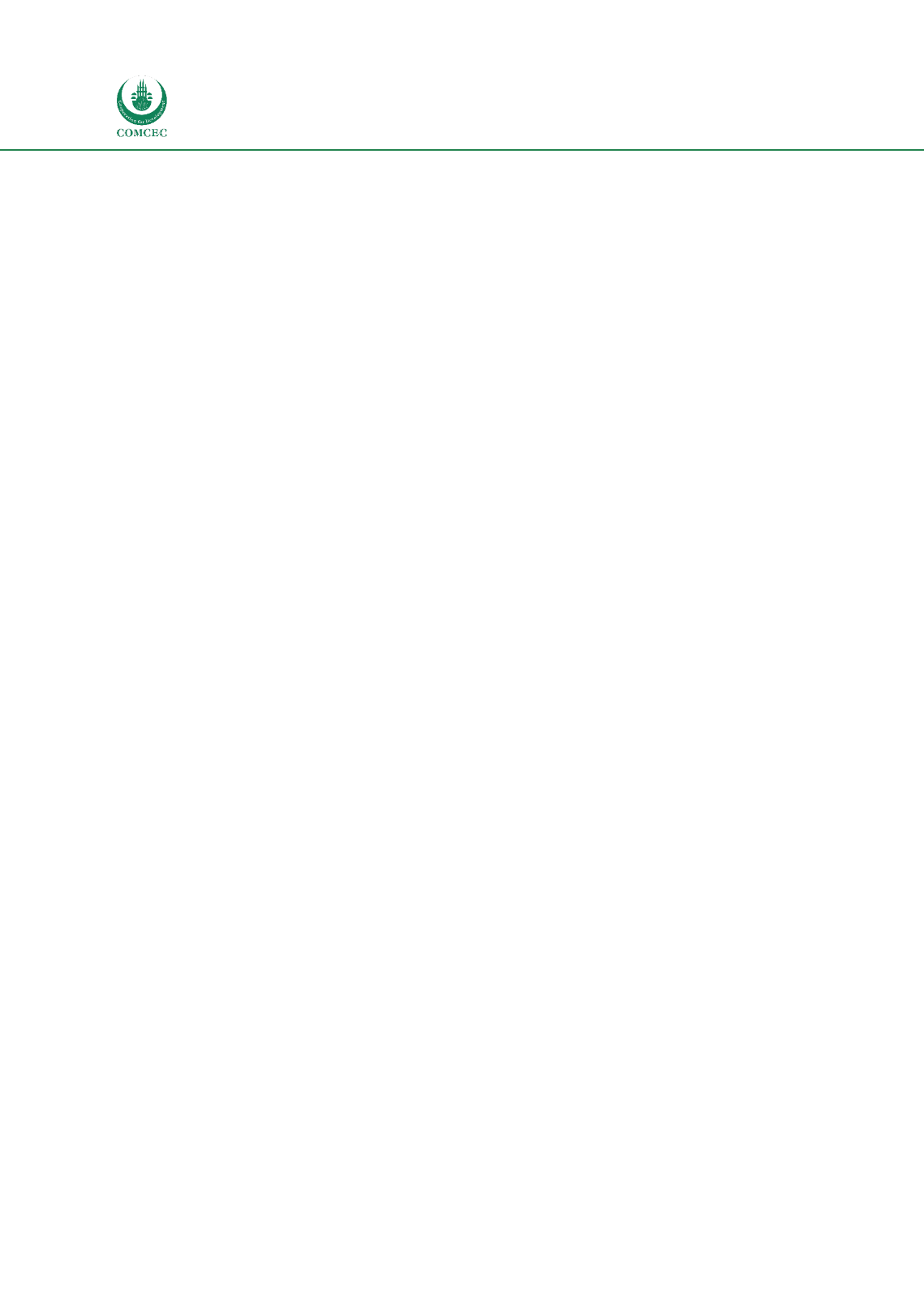

Improving Agricultural Market Performance
:
Creation and Development of Market Institutions
58
its own losses in commodity markets, thus amplifying, rather than mitigating, the
effects of commodity price swings.
7.
Successful commodity exchanges should be closely linked to systems for physical
storage and delivery of commodities as well as for standardizing and grading the
quality of commodities on which futures contracts are based.
8.
Countries with small populations and a small number of potential market participants
are unlikely candidates to establish successful commodities exchanges. The example of
SAFEX, however, is a potential model as a regional exchange, which trades contracts
for delivery in other countries, as the example of Malawi maize futures illustrates.
9.
Appropriate use of technology is likely to make cross-border futures trading more
common, though this may entail potential regulatory and enforcement risks.
Nevertheless, to the extent that cross-border futures contracts can reduce the need or
temptation for governments to maintain buffer stocks of food staples or to act as
market participants rather than regulators, it is worth pursuing mechanisms to
increase their use.
2.6 Reflection
Governments have used market institutions as instruments to administer, regulate, coordinate,
and optimize agricultural market systems. These market institutions have been implementing
various policies, ranging from price and quantity restrictions (e.g. through marketing boards)
to direct intervention in the market (e.g. through public warehousing systems, and state-
owned economic enterprises) with the objective to realize policy objectives related to equal
access to and distribution of food, reasonably-priced food, food security, and general efficient
and coordinated agricultural market system.
This Chapter has furthermore shown the way Governments have used market institutions as
tool to intervene has changed, particularly from the mid-19
th
century onwards. Government
intervention reached its peak in the 1970s. It became more paramount in the late 1970s and
1980s that many of these inefficient and unsustainable market institutions actually impeded
and restricted agricultural market systems. Many Governments started reforms, withdrew
from agricultural market systems, and liberalized their agricultural market systems.
However, the economic and political liberalization of the agricultural market system did not
always realize the desired improvement. As such, the paramount view moved towards “getting
the institutions right” through the late-1990s and early 21
st
century, also in response to
excesses created by private-sector led market systems in combination with the emergence of
CSR, SDGS, and sustainable corporate practices. Government intervention and agricultural
market institutions re-emerged to mitigate market failures and to address issues related to
food security, oligopolistic multinational market power, and a dual market system, where an
efficient agricultural market system is only accessible for market participants with the right
size, scale, and skills, leaving out smallholders.
However, the success, degree, and scope to which these market institutions have revived differ
from country to country:


















